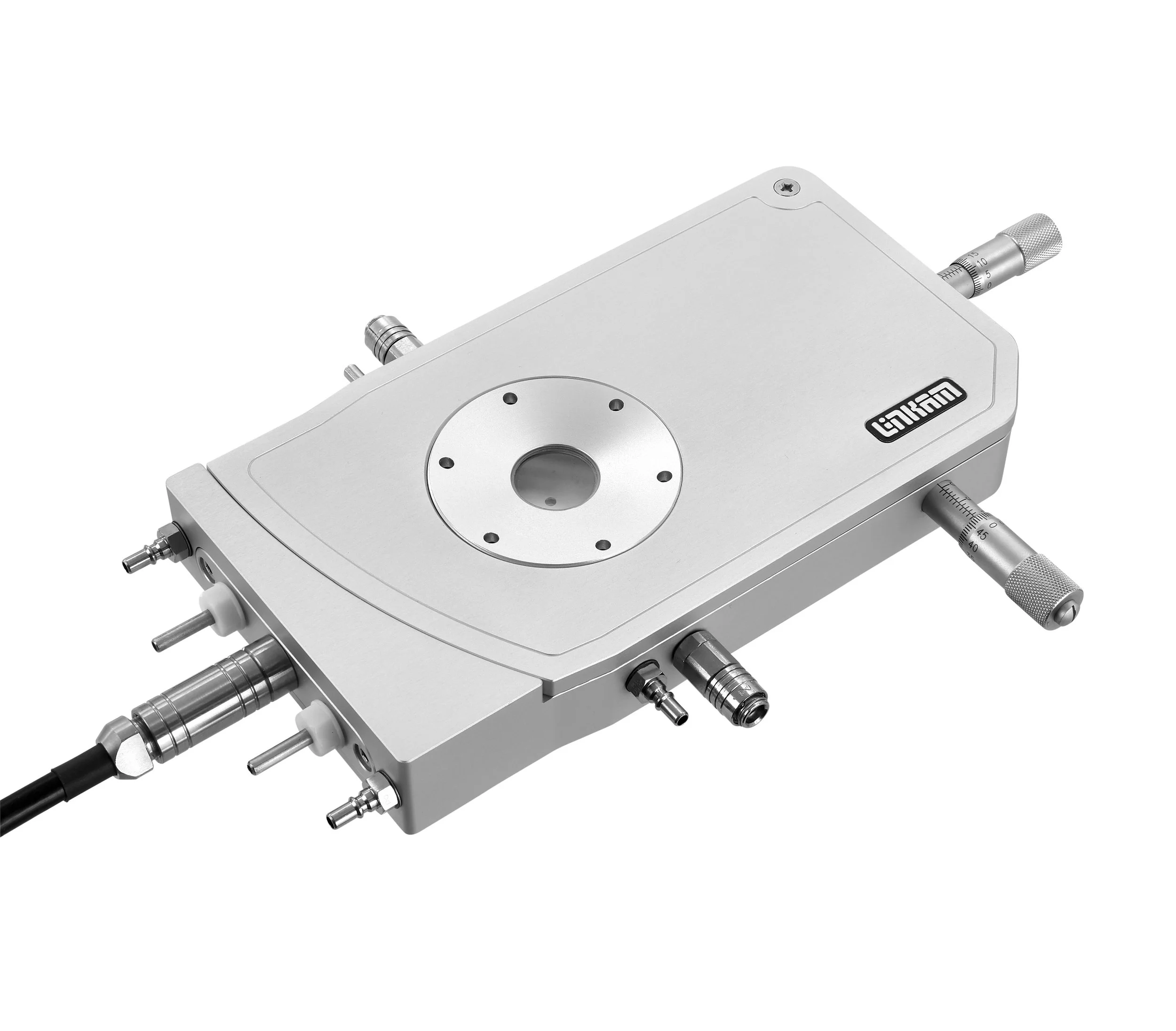There are many different types of Volcano. One is the so-called ‘ocean island’ volcanoes, which include Hawaii, Iceland, Samoa, Reunion, Tahiti. The magmatic sources of ocean island basalts are believed to be derived from the lower mantle. Mantle upwellings (part of convection within the mantle) carry deep mantle materials towards the surface, causing the materials to melt, generating these ocean island basalts. Geochemists study the material of ocean island basalts to elucidate their chemical composition and its evolution in the deep mantle. In the previous studies, it has been suggested that some ocean island basalts from Cook-Austral Islands (French Polynesia) involve subducted ancient oceanic crust in their magma sources.
Scientists from the Japan Agency for Marine-Earth Science and Technology, The University of Tokyo and Tokyo Institute of Technoloy explored the nature of volatiles in the mantle and the exchange of volatiles between the mantle and the Earth’s surface.
The major volatile reservoir in the Earth is the atmosphere and hydrosphere (Earth’s surface layer), but those volatiles came from the mantle by long-term degassing of the mantle. It is still unclear how much of these volatiles remain in the mantle and whether the exchange of volatiles occur between the Earth’s surface and the mantle, that is, outgassing from the mantle through volcanism and ingassing from the surface to the mantle via subduction of oceanic crust.
Their main finding was the exchange of Chlorine (Cl) between the Earth’s surface and the mantle. They measured volatile composition in olivine-hosted melt inclusions in ocean island basalts from Raivavae, Austral Islands. Due to the size of melt inclusions (50 to 150 micrometers in their samples), they combined several in-situ micro-analytical techniques to measure volatile elements (with secondary ion mass spectrometry) together with lithophile elements and Lead (Pb) isotopes (EPMA and LA-ICP-MS).
The Linkam TS1500 heating stage was used to homogenize melt inclusions. By using a heating stage and microscope, they were able to avoid overheating of the sample and confirm that melt inclusions did not crack or burst during the heating experiment. The implication of this work is that such subducted oceanic crust, which is eventually accumulated in the deep mantle, could be a major reservoir of Cl in the mantle. Their work suggested that subduction of oceanic crust played a significant role in moderating the salinity conditions in the ocean. Chlorine is one of the essential elements for life, but too much salinity is rather stressful. They concluded that the exchange of Cl (and volatiles) may play a key role in the evolution of life. This will be part of future studies
The group would like to expand their research target not only for ocean islands but also for island-arc volcanism, particularly in Japan where island-arc type volcanoes are prevalent. They plan to study volatiles in melt inclusions in island-arc magmas to understand how much volatiles exist before eruption and how the volatiles control the eruption style in each volcanic system. The Linkam TS1500 is essential in these studies.
Find out more here.




